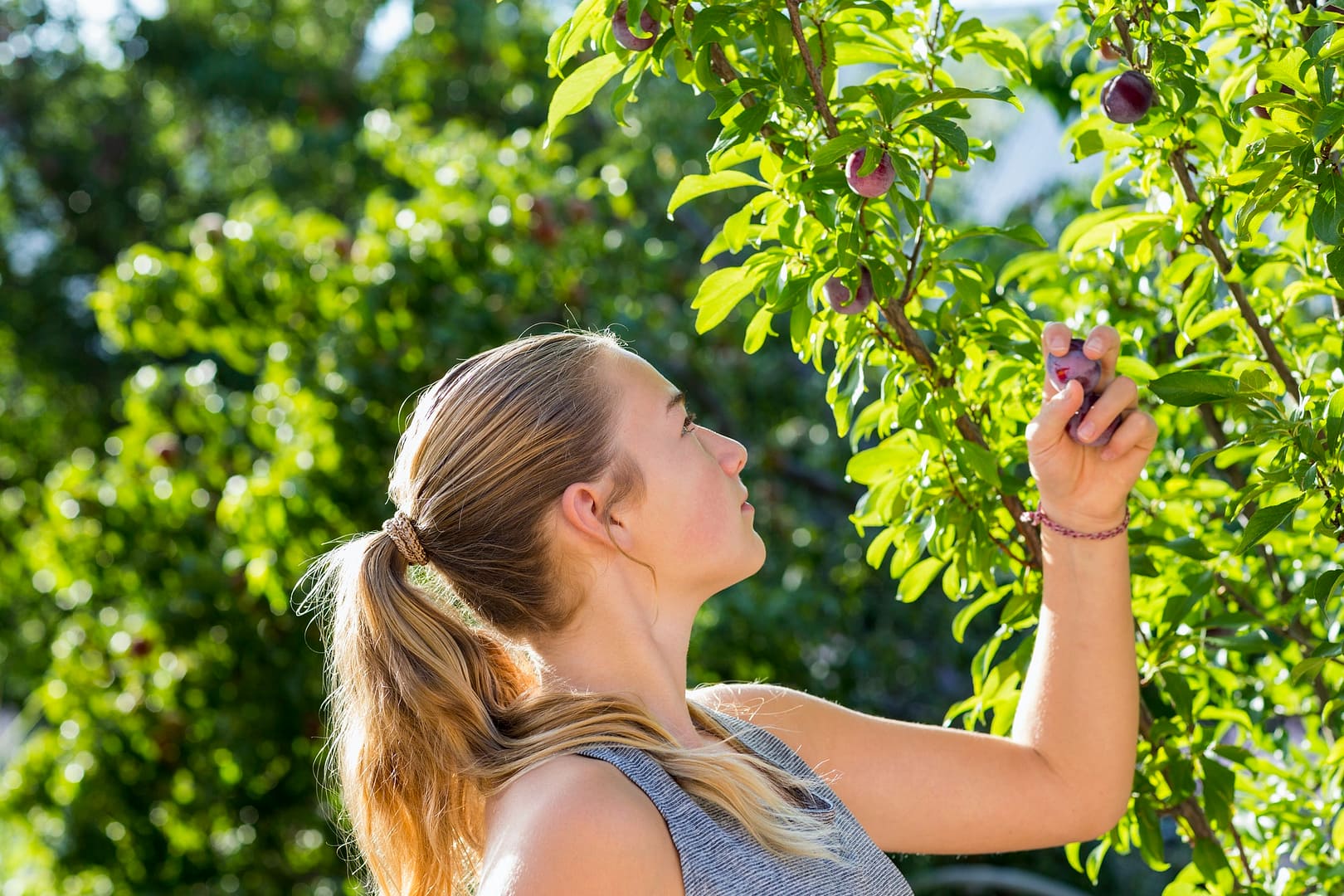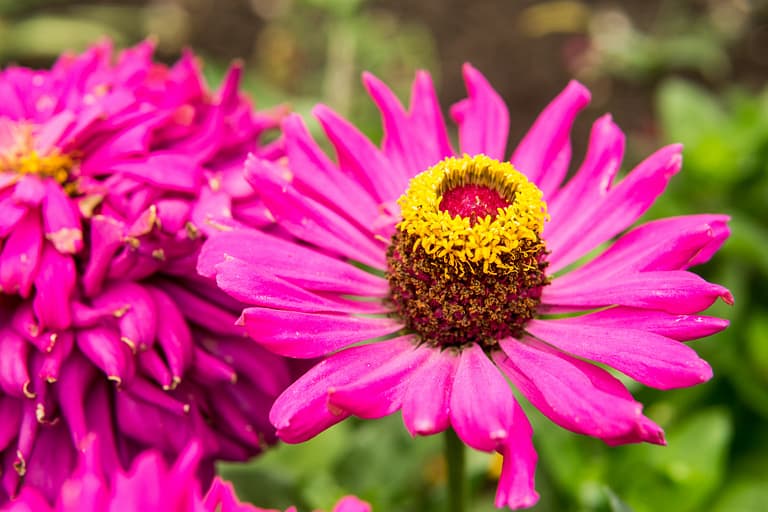Native Plants of Dallas
Dallas is home to a wide variety of native plants that are well-suited to the local climate. Choosing these native plants for your outdoor spaces can not only enhance their sustainability but also support local wildlife. Additionally, these plants require less water and maintenance, making them an excellent choice for your garden.
Whether you're interested in trees, shrubs, flowers, or grasses, native plants offer numerous options to beautify your outdoor spaces. By incorporating native plants into your landscaping, you can create a more sustainable and vibrant environment for your home.
Key Takeaways
In Dallas, there's a diverse range of native plants that thrive in the local climate. Opting for these native plants in your outdoor areas can boost their sustainability and provide support for local wildlife. Moreover, these plants need less water and upkeep, making them an excellent choice for your garden.
Whether you're keen on trees, shrubs, flowers, or grasses, native plants offer plenty of options to enhance your outdoor spaces. By integrating native plants into your landscaping, you can create a more sustainable and lively environment for your home.
Native Trees for Dallas Landscapes
When you're landscaping in Dallas, it's important to plant native trees to improve the beauty and sustainability of your outdoor space.
Native trees play a crucial role in maintaining the balance of local ecosystems. The University of Texas, El Paso, has recommended several native trees that are suitable for Dallas landscapes.
One option is the Mexican plum (Prunus mexicana), which is a drought-tolerant tree with beautiful white flowers in March and purple plums in the fall, growing up to 25 feet tall.
Another excellent choice is the cedar elm (Ulmus crassifolia), which provides great shade, attracts birds and butterflies, and is drought-tolerant, growing up to 50 feet tall.
The Texas redbud (Cercis canadensis var. texensis) features stunning pink flowers in spring and grows up to 30 feet.
Live oak (Quercus virginiana) is an evergreen tree that provides year-round shade, supports wildlife habitat, and grows up to 50 feet tall while being drought-tolerant and long-lived.
Lastly, the Mexican white oak (Quercus polymorpha) is drought-tolerant and adaptable, featuring beautiful fall foliage and reaching heights of up to 40 feet.
These native trees are excellent choices for sustainable and visually appealing landscaping in Dallas.
Shrubs Perfect for Dallas Gardens
When you're creating a garden in Dallas, it's crucial to choose shrubs that can thrive in the local climate. Native plants like Pavonia, Texas sage, Flame acanthus, Agarita, and Yaupon holly are great choices for a Dallas garden.
These shrubs are well-suited to the north Texas climate and offer various benefits such as attracting wildlife, producing beautiful flowers, and providing year-round interest. It's important to plant these shrubs in well-drained alkaline soil that suits the hardiness zone of Dallas.
Flowering Plants Indigenous to Dallas
When planning your garden in Dallas, it's important to consider using flowering plants native to the area. These plants not only add vibrant color to your garden but also attract local wildlife. Prioritizing native species is essential as they're well-adapted to the specific conditions of North Texas.
Two great options for your garden are Texas sage (Salvia texana) and red yucca (Hesperaloe parviflora). Texas sage is drought-tolerant, with beautiful purple flowers that attract birds and butterflies. Red yucca, native to Texas, features stunning red or coral-colored blooms that are particularly appealing to hummingbirds.
By including these native plants in your garden, you can create a colorful and wildlife-friendly space while contributing to the preservation of Dallas' natural heritage.
Recommended Plants for Your Dallas Garden
- Texas Sage: Drought-tolerant with purple flowers; attracts birds and butterflies.
- Red Yucca: Native to Texas, features red/coral blooms; particularly appealing to hummingbirds.
Grasses and Sedges for Dallas Yards
When choosing grasses and sedges for your Dallas yard, it's essential to opt for low-maintenance and water-efficient options.
Native plants like cedar sedge and Gulf muhly offer an attractive and sustainable alternative to traditional lawns.
They need less water and upkeep.
Low-Maintenance Lawn Alternatives
Looking for low-maintenance lawn alternatives for your Dallas yard? Consider incorporating native grasses and sedges like Cedar sedge and Gulf muhly. These options not only require less maintenance but also offer a sustainable and visually appealing landscaping solution suitable for Dallas yards.
Here's why they're worth considering:
- Both Cedar sedge and Gulf muhly thrive in full sun to partial shade and can adapt well to various weather conditions.
- Cedar sedge, which thrives in rich soil and tolerates light foot traffic, is an ideal low-maintenance option.
- Gulf muhly, a drought-tolerant and heat-loving grass, produces attractive pink plumes in the fall, making it a beautiful and low-maintenance choice.
- Native grasses and sedges like Cedar sedge and Gulf muhly serve as suitable lawn alternatives, requiring minimal care and water.
- Cedar sedge adds an aesthetic touch with its red berries, making it visually appealing for your landscape.
Considering these low-maintenance lawn alternatives can provide a sustainable and visually pleasing landscaping solution for your Dallas yard.
Water-Efficient Landscaping Options
If you're searching for landscaping options that save water in Dallas, consider using native grasses and sedges. These plants, like cedar sedge (Carex planostachys) and Gulf muhly (Muhlenbergia capillaris), are well-suited to the Texas landscape and need very little water once they're established.
Cedar sedge has lush green foliage and red-brown seed heads, making it a great choice for well-drained soil and able to handle light foot traffic. Gulf muhly, known for its fine, silver-green leaves and attractive pink plumes in the fall, can adapt to various soil types and is drought-tolerant.
These native plants not only require less water but also help support the local ecosystem.
Moving on to ground covers ideal for Dallas soil, let's explore additional options for creating a sustainable and beautiful landscape.
Ground Covers Ideal for Dallas Soil
When choosing ground covers for your Dallas yard, it's important to opt for low-maintenance options that benefit your local ecosystem.
Native ground covers such as Cedar sedge and Gulf muhly are well-suited for Dallas soil. They not only enhance the visual appeal of your yard but also have low water requirements and can adapt to local conditions.
These options contribute to a thriving and sustainable landscape while needing minimal maintenance.
Low-Maintenance Options for Dallas
Looking for low-maintenance landscaping options in Dallas? Consider using native plants like Cedar sedge and Gulf muhly. These plants are well-suited to the local climate and soil conditions, making them hassle-free choices for your landscaping needs.
Here are some recommended low-maintenance options for Dallas:
- Cedar Sedge (Carex planostachys): This ornamental grass is drought-tolerant and native to central Texas.
- Gulf Muhly (Muhlenbergia capillaris): Adaptable to various soil types and heat-loving, this plant produces beautiful pinkish plumes in the fall.
- Turk's Cap (Malvaviscus arboreus): A native perennial with striking red flowers that attract hummingbirds and butterflies.
- Expert Advice: Visit North Haven Gardens for guidance on incorporating native plants into your landscaping.
- Research Assistance: Utilize resources from Texas A&M University and the Lady Bird Johnson Wildflower Center for information on native plant species.
Benefits of Native Ground Covers
When it comes to landscaping, using native ground covers can bring a host of benefits. These include natural erosion control, reduced water usage, and minimal maintenance. For instance, Phyla nodiflora, a native Texas ground cover, grows close to the ground and spreads quickly. This helps cover bare patches and return nutrients to the soil. Additionally, its small white flowers attract pollinators such as bees and butterflies, providing food and shelter for local wildlife.
Another great option is Calyptocarpus vialis, also known as Horseherb. This ground cover forms a dense mat and requires minimal mowing. Furthermore, its delicate yellow flowers are loved by hummingbirds, making it both visually appealing and functional. By choosing native ground covers like these, you not only create a sustainable and eco-friendly environment but also reduce the need for excessive maintenance.
Native Ground Cover Benefits
- Phyla nodiflora: Natural erosion control, attracts pollinators
- Calyptocarpus vialis: Low maintenance, attracts hummingbirds
Now, let's turn our attention to vines that are native to the Dallas area…
Vines Native to Dallas Area
When searching for native vines in the Dallas area, you have several great options to consider.
One choice is the Texas sage, a heat and drought-tolerant vine with purple flowers that bloom in summer and fall. It's an excellent way to add color to your outdoor space and attract bees and butterflies.
Another option is the flame acanthus, which is known for its showy orange-red flowers and its appeal to hummingbirds and butterflies.
The coral honeysuckle, with its red or orange tubular flowers, is also a wonderful addition that attracts hummingbirds and butterflies.
Then there's the crossvine, which features showy orange-red trumpet-shaped flowers that bloom in spring and is a favorite of hummingbirds.
Lastly, the Virginia creeper, with its beautiful red foliage in the fall and berries that attract birds, is a beneficial addition to the local ecosystem.
These native vines offer a wide variety of options to enhance your garden or landscape.
Frequently Asked Questions
What Plants Are Native to Northern Texas?
Native plants in Northern Texas, such as drought-tolerant shrubs, prairie grasses, and pollinator-friendly plants, play a vital role in various environments. They are essential for creating wildflower meadows, supporting urban gardening, and maintaining riparian vegetation. It is crucial to incorporate these native trees for landscaping with native species. These plants not only thrive in the local climate but also support the local ecosystem, making them an excellent choice for sustainable landscaping and conservation efforts.
What Is Texas Famous Plant?
Texas boasts a wide variety of native plants, with the Texas bluebonnet, prickly pear, mesquite tree, and Indian paintbrush being some of the most iconic. These plants play a crucial role in shaping the diverse and thriving ecosystem of the region. For example, the Texas bluebonnet is not only visually stunning but also serves as the state flower, symbolizing the natural beauty and resilience of Texas. The prickly pear, known for its vibrant flowers and edible fruits, is a vital part of the local flora. Similarly, the mesquite tree and Indian paintbrush are essential components of Texas's natural landscape, supporting wildlife and adding to the state's unique charm.
What Food Plants Are Native to Texas?
In Texas, native food plants like Mexican plum, agarita, Texas redbud, blackfoot daisy, Indian blanket, Texas bluebonnet, and American beautyberry thrive in the local climate. These plants play a crucial role in supporting sustainable agriculture and the production of local food. For instance, the Texas bluebonnet, with its vibrant blue flowers, not only adds beauty to the landscape but also contributes to the local ecosystem by providing nectar for bees and other pollinators. Similarly, the blackfoot daisy, with its striking yellow and white flowers, not only enhances the visual appeal of the surroundings but also supports the local wildlife by providing food and habitat. These native food plants are an integral part of Texas's natural heritage and contribute to the region's biodiversity and ecological balance.
How Many Plants Are Native to Texas?
Texas boasts a diverse array of native plants, each uniquely suited to the region's climate. Preserving these native plants through conservation and restoration efforts is essential for maintaining Texas landscapes.







